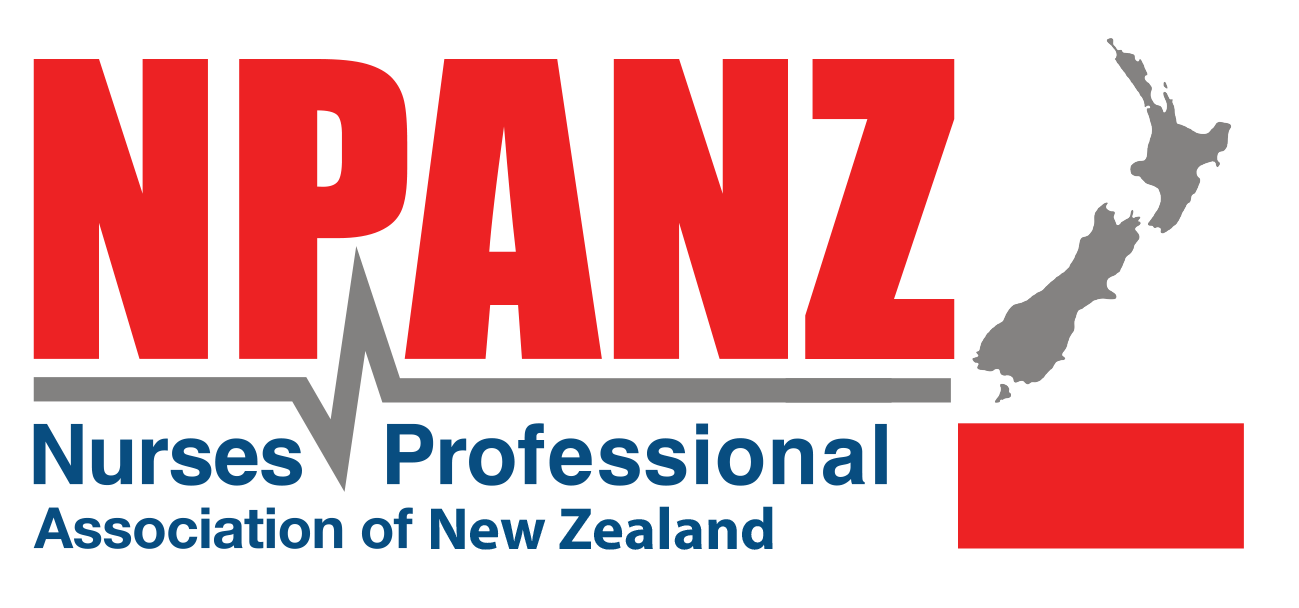6 min read
Is it a Health Needs Assessment or just Expensive Propaganda?
By: NPANZ President on Mar 6, 2024 9:38:47 AM
“If a clinician undertook a Health Needs Assessment (HNA) without referring to or involving their competent patient, then questions would be asked with regard to competency and fitness to practice” says Deborah Cunliffe, President of the Nurses Professional Association of New Zealand (NPANZ).
That is exactly what has happened with the recently released Te Whatu Ora ‘Health Status Report 2023,’ which outlines three key messages:
- New Zealand’s population health status is good and improving;
- New Zealand is one of the few countries to continue to see improvements in life expectancy;
- Te Whatu Ora presents accurate data, insightful analysis, appropriate investment and an honest approach to implementation.
Data Omissions
Readers of the report will note that the data, mainly from 2019, is incomplete, and does not reflect the many changes that have taken place both nationally and globally in health since 2019. Not all datasets are complete. This is noted where known, acknowledging this will have an impact on interpretation in some cases’ (Page 17).
In addition, and whilst New Zealanders are evidently living longer, the report fails to mention excess mortality rates plaguing many countries including New Zealand. OECD data (01/09/2023 – 01/10/23) indicates 577 excess New Zealand deaths, up 17% on the long-term average and 70% higher than corresponding dates in 2022.
The excess deaths are particularly relevant when they relate to 87% of the New Zealand population who have been vaccinated for Covid-19. “To provide some context, those who have been vaccinated/had boosters are more likely to have high all-cause mortality risk (additional to being aged) than those who did not” (Te Whatu Ora Official Information Request HNZ 00013886A).
Health Needs Assessment
The report, presented as a Health Needs Assessment (HNA, page 11), aims to provide systematic methods for reviewing health issues facing a population, leading to agreed priorities and resource allocation that will improve health and reduce inequities.
NPANZ President Deborah Cunliffe is concerned that any document which purports to be a ‘national Health Needs Assessment’ but contains inaccurate data and avoids all interaction with service users is in fact not fit for purpose unless of course it’s not a Health Needs Analysis but propaganda in disguise? ‘The report is not a traditional HNA as service users have not been included in its preparation, nor community perspectives. In the future, Health NZ intends to develop reports which will include consumer and community perspectives’ (Page 11).
“If a clinician undertook a Health Needs Assessment (HNA) without referring to and involving their competent patient, then questions would be asked with regard to competency and fitness to practice” says Deborah Cunliffe, President of the Nurses Professional Association of New Zealand (NPANZ). “If Te Whatu Ora wishes to meet the needs of whānau and offer ‘innovative solutions’ they need to meet with whanau.”
“From a health provider perspective, a wonderful opportunity has been missed to represent and acknowledge the role of Primary Health Care in supporting individuals in local communities. Once again, the poor cousins of New Zealand healthcare are but an appendage.”
Te Whatu Ora have delivered a report about a public health system without any community consultation and incomplete data. And we waited 18 months. How does this inspire or inform our health system? Where is the up- to- date data and service user involvement?
Te Whatu Ora (Health NZ) was formally introduced in 1st July 2022 with the merger of twenty DHB’s and following the Pae Ora (Healthy Futures) Act 2022 and a ‘significant investment’ in the 2022 budget.
The aims of the merger were to transform the health sector create a more equitable, accessible, cohesive and people-centred system. Improving the health and wellbeing of all New Zealanders would essentially mean Te Whatu Ora:
- meets the complex demands of a growing population
- addresses the persistent inequalities experienced by Māori
- ensures greater access, experience and outcomes for groups who have not been well-served by the system in the past – Māori, Pacific and disabled People
- uses modern technology and develops new and innovative ways of working
- focuses on keeping people, their whānau and their communities well and out of hospitals – not just caring for them when they get sick.
Appropriate Governance
NPANZ agree there is an immediate need to address the social determinants of health and ensure sound planning, investment, and collaboration with other agencies. “Effective delivery of services at the point of need can only be delivered with a ‘care closer to home’ model” says Deborah Cunliffe
From a governance perspective, the re-shuffling of deckchairs on the titanic (AKA the merger) has led to 2300 roles being disestablished (although an unknown number of staff were redeployed); it is not clear if the same staff accessed part of the $9 million pay-out. Approximately 500 staff, mainly from ‘back-office’ roles have been made redundant and the number of redundancies is expected to rise to approximately 1600 meaning we can also expect further payouts.
We have been led to believe the losses do not involve frontline clinicians. “Further losses on the back of the hundreds of nurses, carers, doctors and midwives lost during the Covid-19 mandates would be catastrophic” says Deborah Cunliffe. “Staff shortages, poor access to services and huge waiting lists in Primary Care, reported regularly in the media, underline the gravity of the situation.”
The purported savings of $139m during the first year of operation, despite difficulties associated with the Covid-19 pandemic, are significant. It is unclear however if any of the ‘incomplete data’ referred to in the report is financial or, what costs were incurred in creating new regions/ district offices or employing bureaucrats to oversee administrative changes. A reduction in spending is not in itself necessarily an indicator of effectiveness.
Robbing Peter to pay Paul
The Report assures us that ‘as we move ahead, Health NZ will give further consideration to the best groupings and catchments of data, within the context of a single organisation, including what terminology is best to use.’ In other words, we can expect some more good news in the glossy 2025 report as the ‘incomplete’ data is best manipulated. Few regions in New Zealand are identical in terms of health, geography, weather, population etc making comparators unreliable and unnecessary.
We are pleased to note that in 2018, 11% of New Zealanders identified with more than one ethnicity including 50% of Māori. The most common ‘other’ ethnicity by Māori was indicated as European. “Surely a fusion of ethnicities lends itself to health care based on need rather than on ethnicity. It’s time to re-evaluate how we deliver healthcare for future generations” says Deborah.
Benefits associated with a centralised health system are listed in the report as:
- a national-level response to infectious disease outbreaks
- marshalling of resources to areas with critical shortages of staff
Those who were unable to travel, visit sick relatives or attend weddings due to unreliable modelling and positive covid cases thousands of miles away, would rightly argue that a centralised approach is not a benefit. It’s also another reason why ‘care closer to home’ makes more sense. Equally so, the marshalling of resources to areas of critical shortages is not the answer. Robbing Peter to pay Paul; the historic 3000-4000 shortfall of nurses needs a fresh approach.
If we intend to stay on top of the new surgical ‘zero’ wait times and manage the aging and growing population plus improve all other aspects of our new and shiny public health system, then standing in front of the Beehive with rose tinted spectacles will not suffice. We need experienced Kiwi Nurses and doctors trained in New Zealand to support the Indian, Filipino, and other IQN’s currently propping up our system.
In summary, and as suspected, Te Whatu Ora is a philosophical ideal with little substance. If, as the report suggests we need to plan and develop health services which meet the needs of an ever changing and expanding population whilst eliminating health inequities in every corner of New Zealand, then centralised control is not the answer.
Deborah Cunliffe
President NPANZ
Related Posts
Ongoing Crisis In Healthcare and How It Can Be Addressed
Health Minister Dr Shane Reti’s sacking of the ‘remaining’ Health New Zealand (Health NZ) board,...
Economic and Psychosocial Impact of Covid-19 Vaccine Non-Compliance amongst Australian Healthcare Workers
This study, published by our sister organizations in Australia (Australian Medical Professionals...
Pay Our Nurses
It has been 8 years since underpayments arising from the Holiday Pay Act were detected, affecting...


